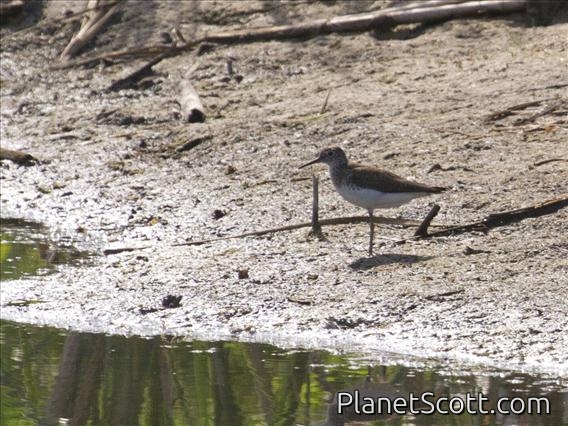Solitary Sandpiper (Tringa solitaria)

Solitary Sandpiper (Tringa solitaria)
×


Solitary Sandpiper (Tringa solitaria)
About Solitary Sandpiper (Tringa solitaria)
- Kingdom: Animals
- Phylum: Chordates
- Class: Birds
- Order: Pelicans
- Family: Sandpipers and Allies
The solitary sandpiper is a small shorebird. The genus name Tringa is the Neo-Latin name given to the green sandpiper by Aldrovandus in 1599 based on Ancient Greek trungas, a thrush-sized, white-rumped, tail-bobbing wading bird mentioned by Aristotle. The specific solitaria is Latin for "solitary" from solus, "alone".
Source: Wikipedia
Lifelists
Visits
-
2009-01-18
Lamanai Ruins River Trip, Belize -
2009-03-18
Mogue, Panama -
2009-05-09
Nelson Lake Forest Preserve, United States of America -
2012-07-10
Arrowwood NWR, United States of America -
2012-07-11
McKenzie Slough, United States of America -
-
-
-
-
-
2025-03-21
Random Cow Ponds, Barbados -
2025-04-14
McKinnon's Pond, Antigua and Barbuda -
2025-05-29



